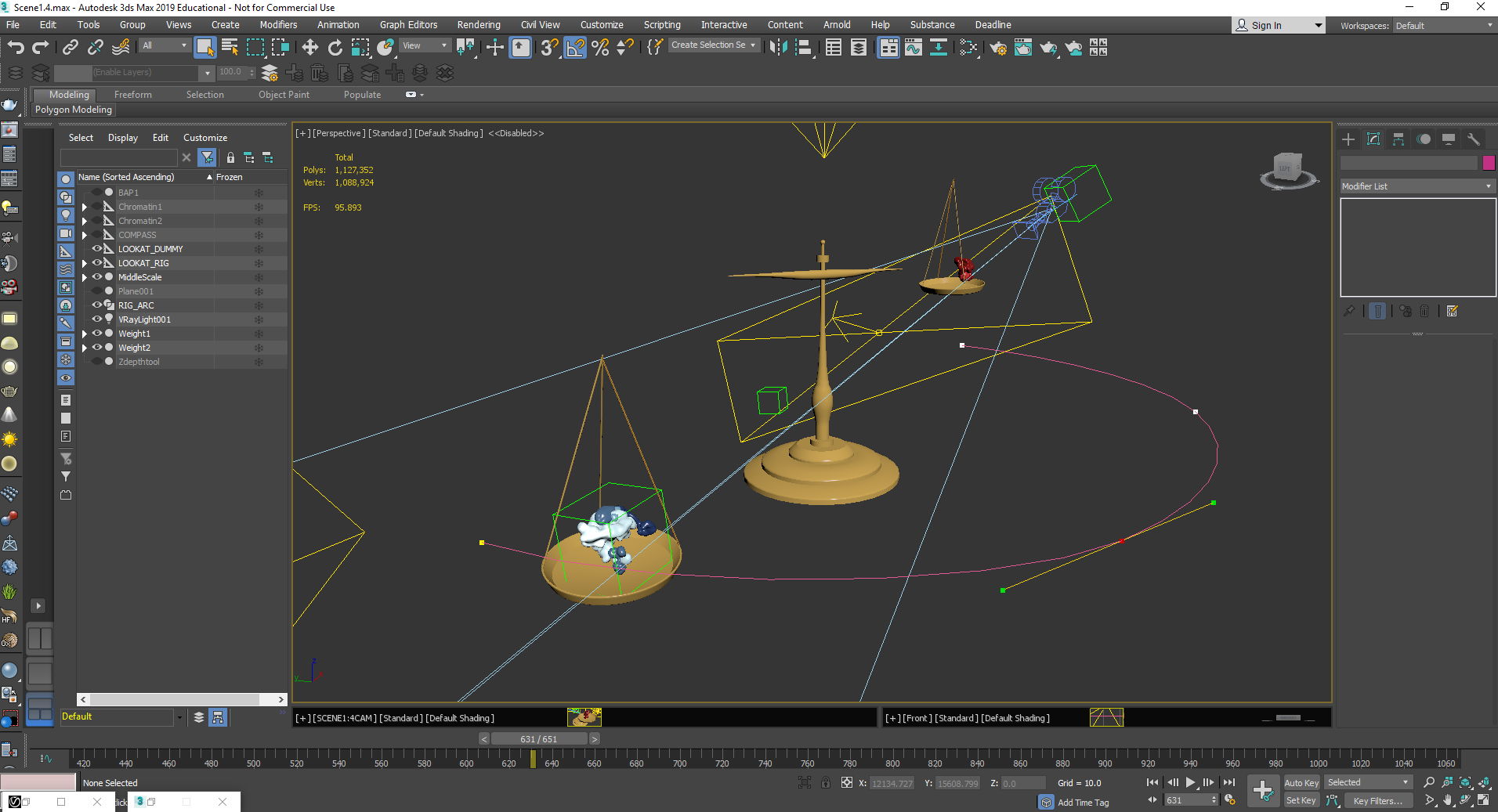Previsual Problem Solving
Examining Preproduction Tools in Animation to Improve Comprehension of Epigenetic Therapy in Cancer
Modern life science research is increasing our understanding of how genetics and epigenetics impact public health and the pathogenesis of disease. Biomedical visualizations are crucial for the general public’s understanding of how cancer and other diseases can affect their health on the molecular level. With recent technology, researchers are finding new pathways in targeting cancer for treatment. With the speed at which cancer research progresses, it is important to have visuals to elucidate these mechanisms, and also understand how they inform our design process. For my graduate research, I developed an animation for the understanding of a new approach to cancer therapy for Dr. Ali Shilatifard’s laboratory at Northwestern University Feinberg School of Medicine and analyzed the preproduction tools I used to create it.
Research Question
Is the use of an animatic as a preproduction tool beneficial and predictive in creating effective animations? What can eye-tracking reveal about audience attention in an animatic compared to an animation?
Animatics
In all forms of animation, animatics are a common tool used by artists to identify how a scene may look and feel with motion and timing. They either contain static images from a storyboard, or basic models in 3D animated to provide representative motion. The literature surrounding animatics is sparse; they can often be expensive and time-consuming to produce. My project asked if animatics could be a beneficial and useful preproduction tool, both through a survey to the public and also by testing animatics using eye-tracking.
Story Development and Literature Review
As a scientist most familiar with microbiology, entering a project about epigenetics was challenging. I couldn’t tell you two facts about chromatin, but now I could write a book. The goal of the animation was not only to explain Dr. Shilatifard’s research but to introduce the novel idea of cell balance > cell killing as an approach to cancer. Throughout the project, I constantly thought about the bigger picture and tried to maintain the purpose of the research throughout.
Storyboard and Animatic
Modeling and Molecular Mapping
For this animation, I had to model 5 proteins: the COMPASS complex, Polycomb complex PRC2, BAP1, RNA polymerase and the nucleosome. The creation of each character involved thorough research into its structure, which informed what sequences and data I would use to create them. For both COMPASS and BAP1, I used the I-TASSER server developed by the University of Michigan to take a previously unknown structure and create the most accurate model for it.







